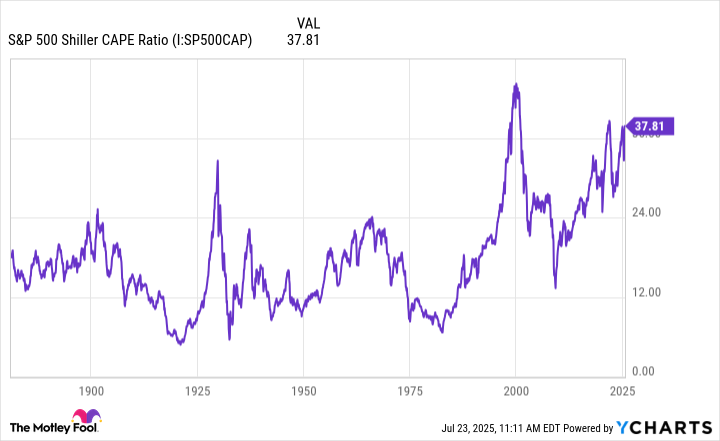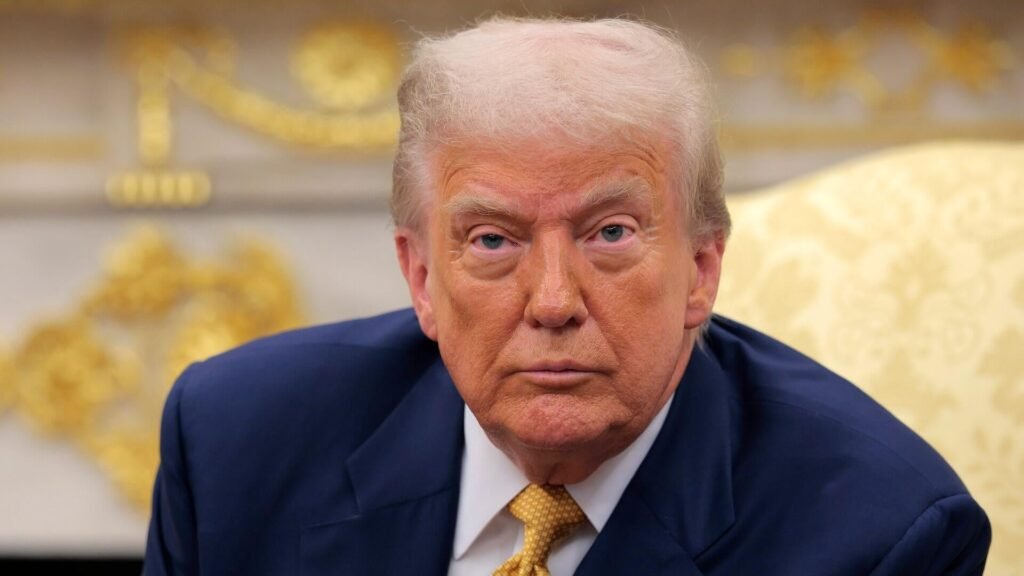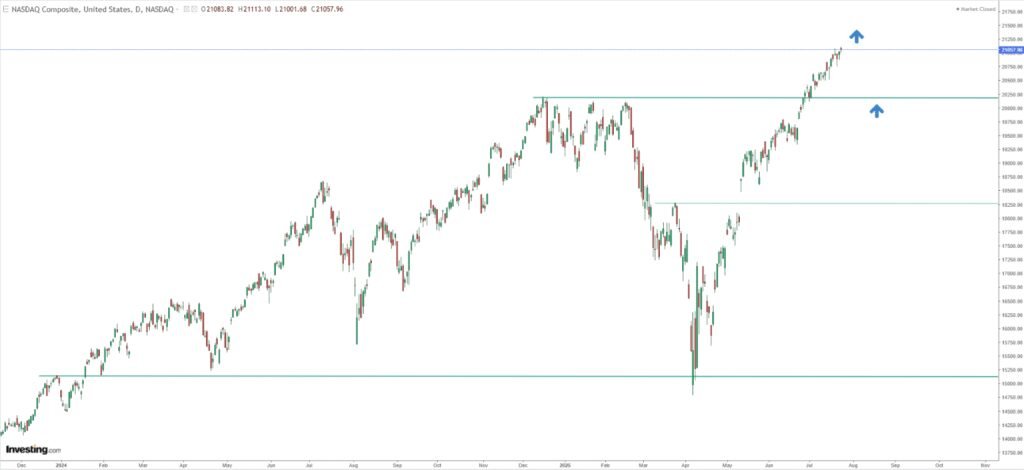
Commerce Secretary Howard Lutnick said Thursday that American auto CEOs told him they are “cool with” President Donald Trump‘s new trade deal, which could put lower tariffs on cars imported from Japan than on cars made by U.S. companies in Canada and Mexico.
Lutnick brushed off complaints from a group representing General Motors, Ford and Stellantis that Trump’s plan could give Japanese automakers an advantage over the “Big Three” Detroit car companies.
“Oh, my God, that’s just so silly,” Lutnick said on CNBC’s “Squawk on the Street” after being asked about criticism by the American Automotive Policy Council.
The agreement Trump announced Tuesday would see Japan accept a tariff of 15% on cars it exports to the U.S. in addition to pledging $550 billion in U.S. investments.
But American auto companies will be on the hook for a 25% levy on cars they make in Canada and Mexico and import into the U.S. under tariffs imposed by Trump in April.
Shares of Japanese auto brands Toyota, Honda, Nissan and Mazda soared on news of Trump’s trade deal with Japan — but U.S. carmakers sounded alarms.
“Any deal that charges a lower tariff for Japanese imports with virtually no U.S. content than the tariff imposed on North American-built vehicles with high U.S. content is a bad deal for U.S. industry and U.S. auto workers,” Matt Blunt, head of the American Automotive Policy Council, said Tuesday.
Lutnick on Thursday told CNBC that “PR people” are “ginning up” discontent over the deal. He said he spoke to the CEOs whose companies are represented by the group earlier Thursday and that they do not oppose the pact.
“They are cool with it,” Lutnick said.
He said he understood that U.S. companies would be “a little bummed out” to see tariffs on imports of Japanese-built autos fall from 25% to 15%.
But Lutnick said domestic auto companies could avoid paying tariffs on cars they build in Canada and Mexico by moving their manufacturing facilities to the United States.
Read more CNBC politics coverage
“Come on, there’s no tariff if you build it in America,” he said. “American manufacturers are going to do extremely well in America — as long as they build it in America. You build it in America, you’re good,” he said.
Blunt did not immediately respond to CNBC’s request for comment on Lutnick’s remarks.
Trump’s tariffs have already taken a toll on the Big Three automakers.
GM in May issued full-year guidance that included a $4 billion to $5 billion hit from tariffs. The company confirmed this week that tariffs cost it $1.1 billion in the second fiscal quarter of 2025.
Stellantis on Monday said that it expects a nearly $2.7 billion net loss in the first half of the year that is partly due to the effects of the tariffs.






